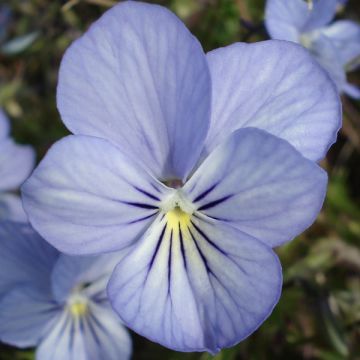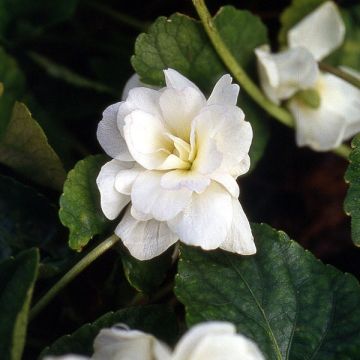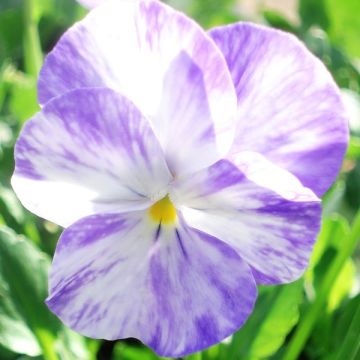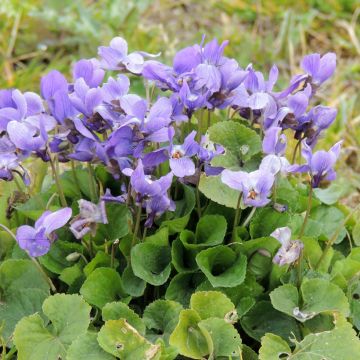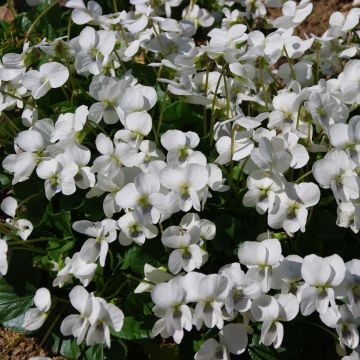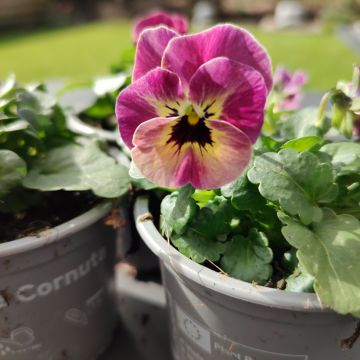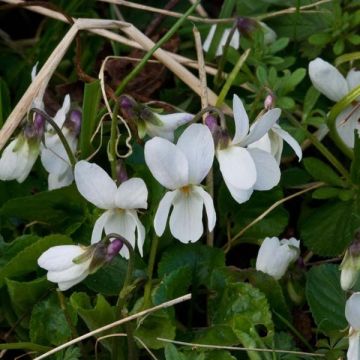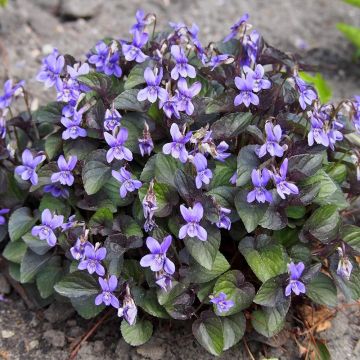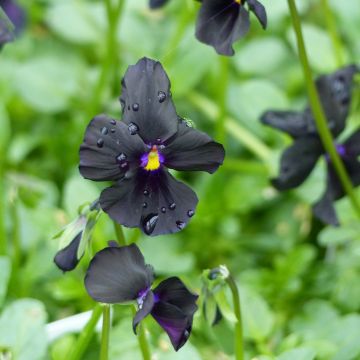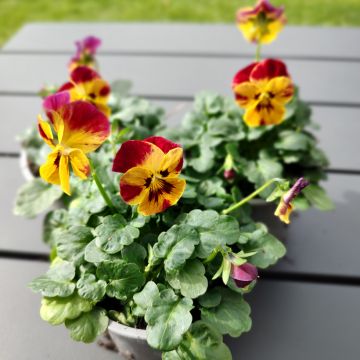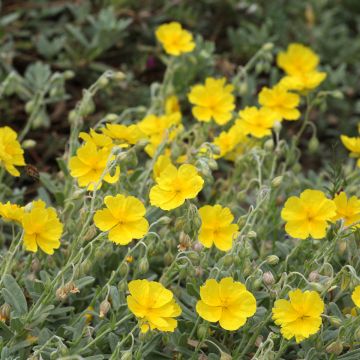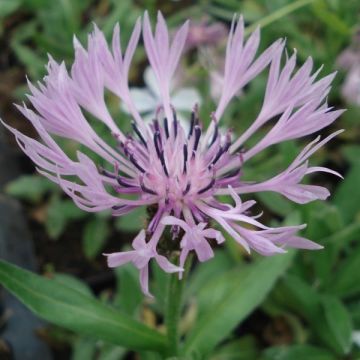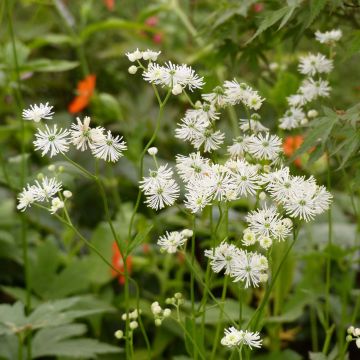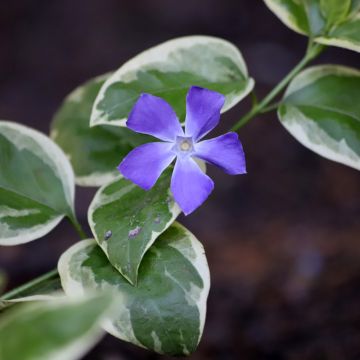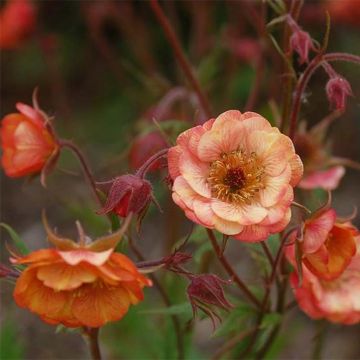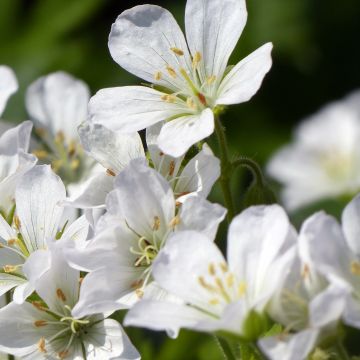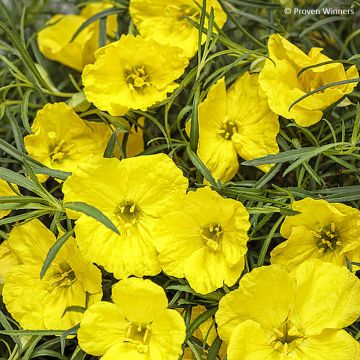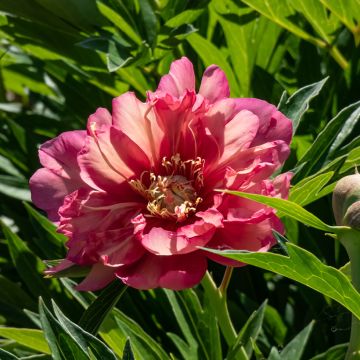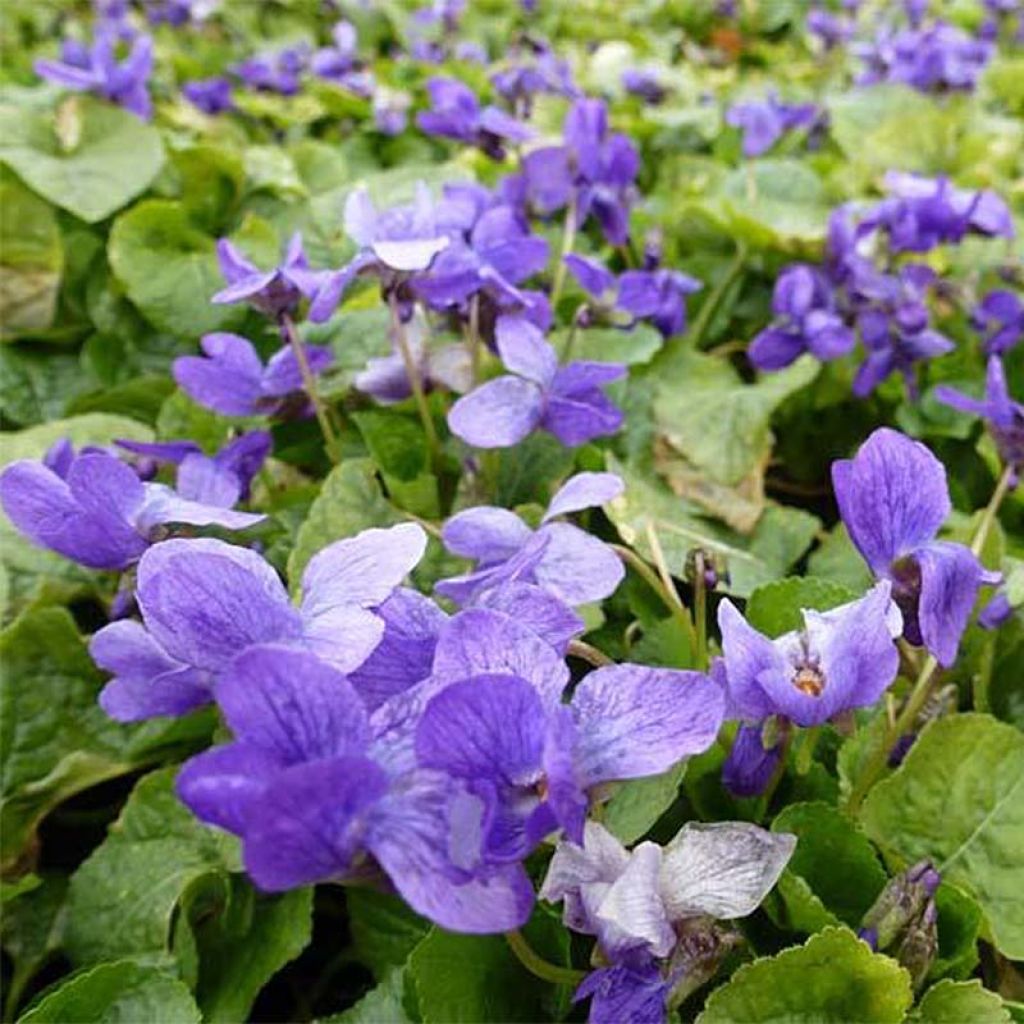

Viola odorata Königin Charlotte
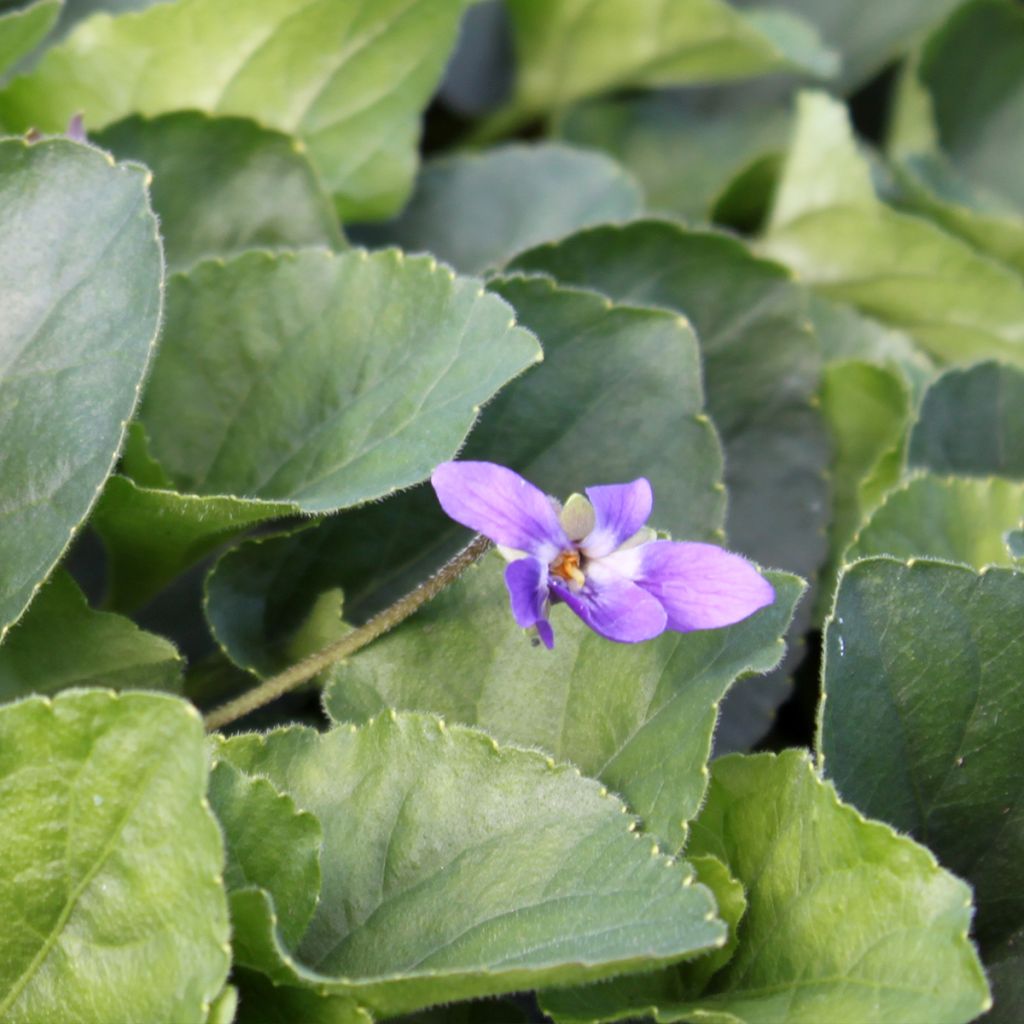

Viola odorata Königin Charlotte
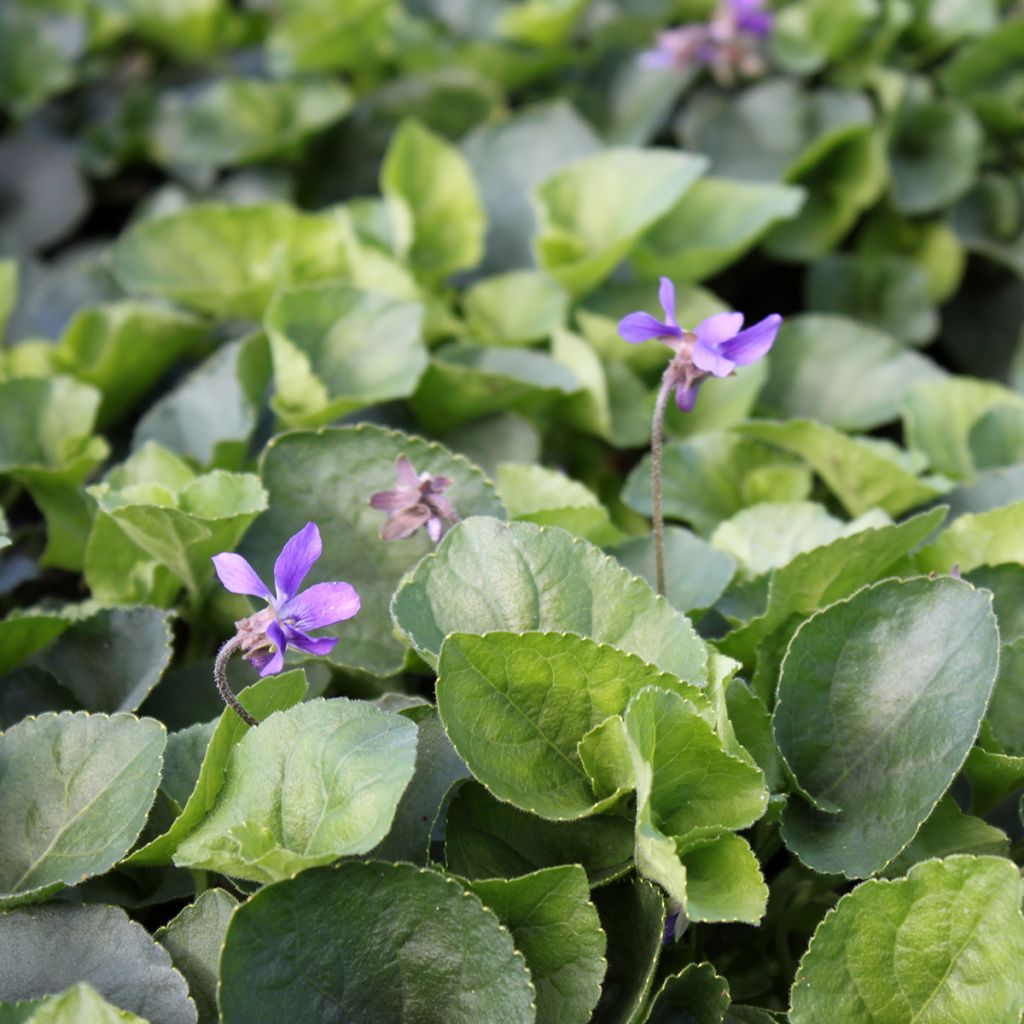

Viola odorata Königin Charlotte
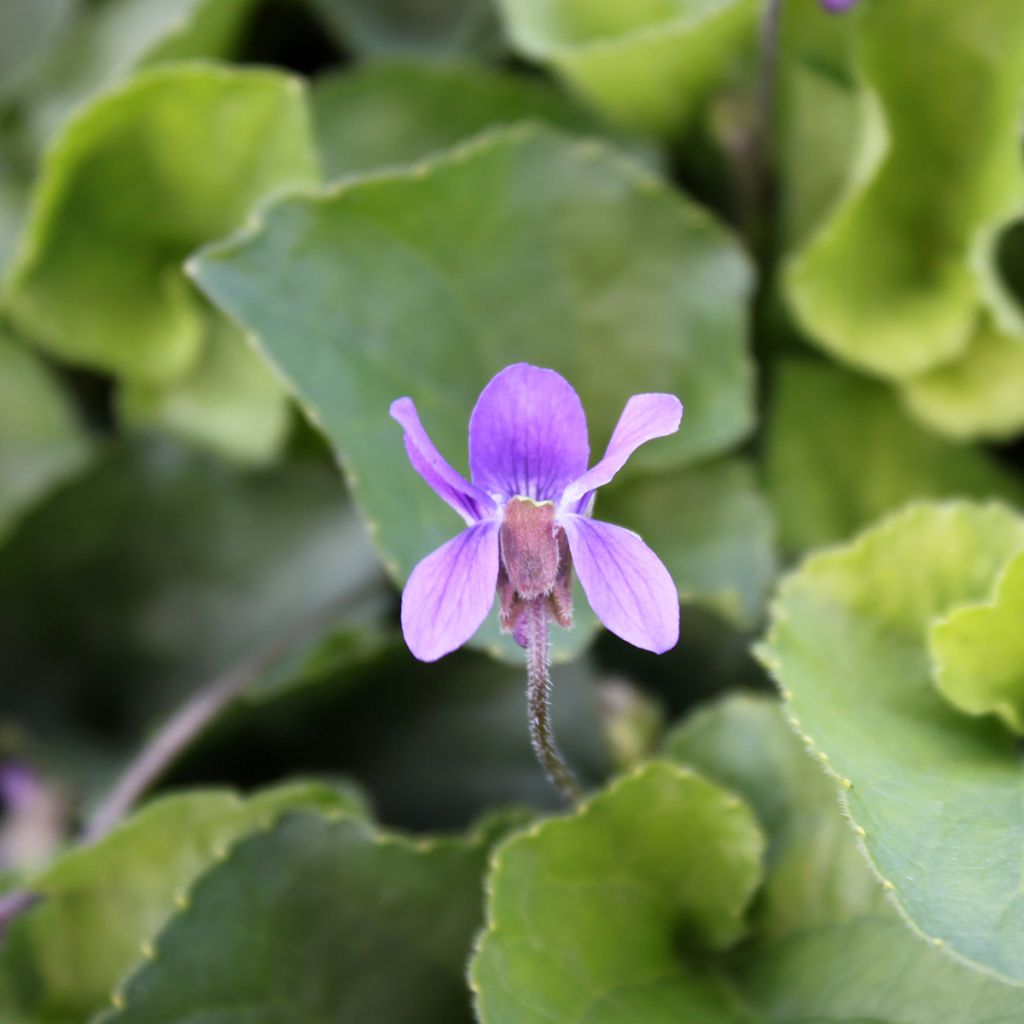

Viola odorata Königin Charlotte
Viola odorata Königin Charlotte
Viola x odorata Königin Charlotte
Sweet Violet, English Violet, Garden Violet, Common Violet
Delivery on time, great packaging, flowers delivered in excellent condition. Very well-designed website, great advice. Top-notch!
IsaDstl, 11/02/2024
This item cannot be shipped to the selected country
Delivery charge from €5.90
More information
Schedule delivery date,
and select date in basket
This plant carries a 12 months recovery warranty
More information
We guarantee the quality of our plants for a full growing cycle, and will replace at our expense any plant that fails to recover under normal climatic and planting conditions.
From €5.90 for pickup delivery and €6.90 for home delivery
Express home delivery from €8.90.
Does this plant fit my garden?
Set up your Plantfit profile →
Description
Viola odorata 'Königin Charlotte', also known as Queen Charlotte, is an ancient variety of sweet violet, which has retained the charm and scent of the wild species found in our woodlands. Its simple flowers, a light violet with a touch of blue, are curiously upright, facing towards the sky. They bloom abundantly on its foliage for many weeks from the end of winter to summer if the soil remains slightly moist. This small perennial ground cover will eventually form large evergreen mats in winter. In the garden, it easily thrives in shaded areas, even occasionally dry ones, and forms carpets where many perennials struggle to grow.
'Königin Charlotte' is a particularly floriferous variety of Viola odorata, with upright flowers that are slightly larger and bluer than those of the standard type. It was selected in Germany in 1900. The sweet violet is the European violet, originating from open woodlands, edges, hedges, lawns, meadows, and roadside verges, with a tendency towards southern climates. These plants belong to the Violaceae family.
'Königin Charlotte' is a small ground cover perennial that forms rounded clumps of heart-shaped leaves, spreading through short stolons that give rise to new small clumps here and there. The foliage, usually evergreen in winter, may disappear in summer during droughts. Its flowering period can extend from March to July, with the peak in March-April. It is not uncommon for the plant to go dormant after the first wave of spring flowers and then bloom again, abundantly, from September to October. Its numerous small 2 cm (1 in) flowers with 5 petals in a bluish-violet colour and a spur exude a noticeable fragrance. Each flower is borne on a peduncle reaching 15 cm (6 in) in height. This variety readily self-seeds in the garden.
The 'Königin Charlotte' sweet violet is used in border plantations, at the base of trees and shrubs, or in rockeries with primroses, pansies, horned violets, small ferns, or liverworts. It can also be grown in pots or containers placed on the windowsill (for its subtle fragrance) or on the terrace, with regular watering. Violets and pansies belong to the Viola genus.
How to differentiate between a violet and a pansy:
By the arrangement of their petals: the former has two upright petals and three downward-facing petals, while the latter has four upright petals, with the fifth, larger petal bending downwards. Violets are almost all native to temperate regions of the world. The majority of them are perennials, but hybrids with large flowers are sold and used as annual plants.
Report an error about the product description
Viola odorata Königin Charlotte in pictures
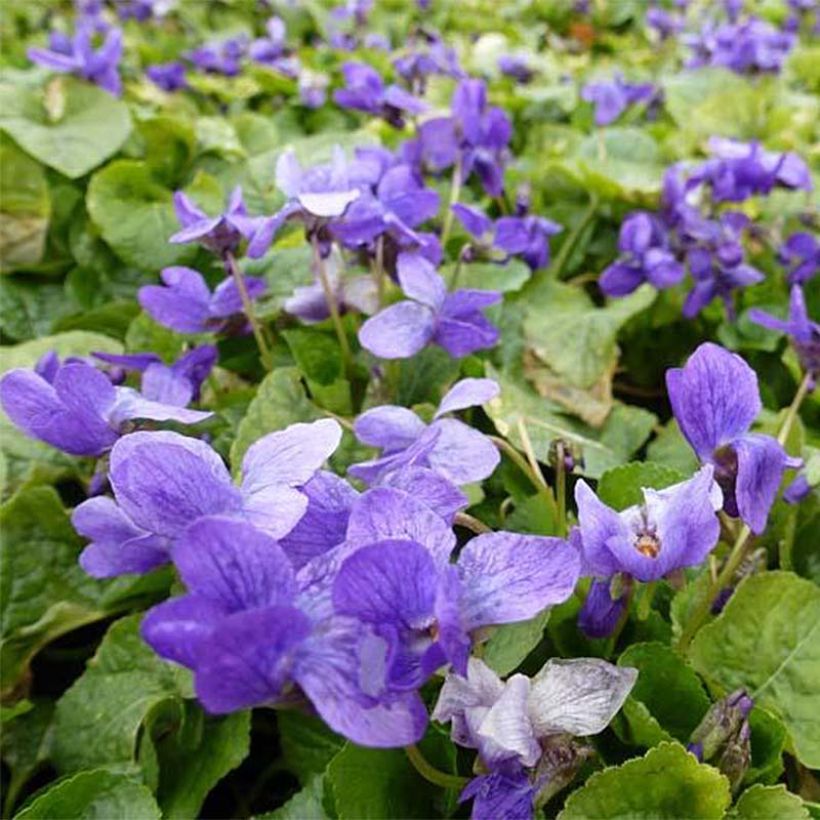

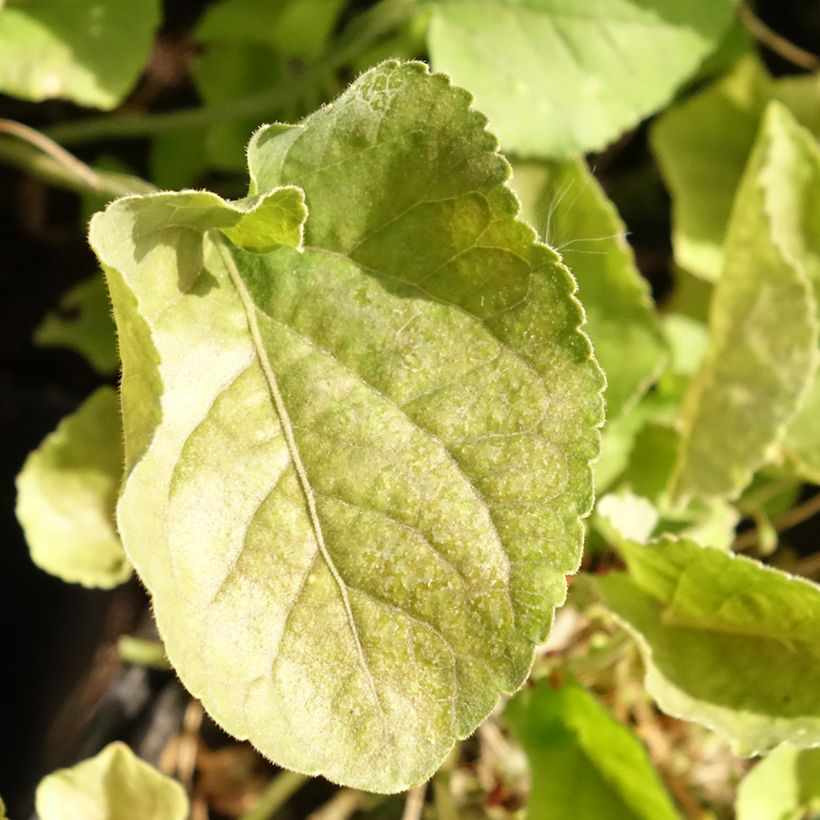

Flowering
Foliage
Plant habit
Botanical data
Viola
x odorata
Königin Charlotte
Violaceae
Sweet Violet, English Violet, Garden Violet, Common Violet
Cultivar or hybrid
Other Viola - Violets
Planting and care
Planting period
Intended location
Care
-
, onOrder confirmed
Reply from on Promesse de fleurs
Spring flowering perennials
Haven't found what you were looking for?
Hardiness is the lowest winter temperature a plant can endure without suffering serious damage or even dying. However, hardiness is affected by location (a sheltered area, such as a patio), protection (winter cover) and soil type (hardiness is improved by well-drained soil).

Photo Sharing Terms & Conditions
In order to encourage gardeners to interact and share their experiences, Promesse de fleurs offers various media enabling content to be uploaded onto its Site - in particular via the ‘Photo sharing’ module.
The User agrees to refrain from:
- Posting any content that is illegal, prejudicial, insulting, racist, inciteful to hatred, revisionist, contrary to public decency, that infringes on privacy or on the privacy rights of third parties, in particular the publicity rights of persons and goods, intellectual property rights, or the right to privacy.
- Submitting content on behalf of a third party;
- Impersonate the identity of a third party and/or publish any personal information about a third party;
In general, the User undertakes to refrain from any unethical behaviour.
All Content (in particular text, comments, files, images, photos, videos, creative works, etc.), which may be subject to property or intellectual property rights, image or other private rights, shall remain the property of the User, subject to the limited rights granted by the terms of the licence granted by Promesse de fleurs as stated below. Users are at liberty to publish or not to publish such Content on the Site, notably via the ‘Photo Sharing’ facility, and accept that this Content shall be made public and freely accessible, notably on the Internet.
Users further acknowledge, undertake to have ,and guarantee that they hold all necessary rights and permissions to publish such material on the Site, in particular with regard to the legislation in force pertaining to any privacy, property, intellectual property, image, or contractual rights, or rights of any other nature. By publishing such Content on the Site, Users acknowledge accepting full liability as publishers of the Content within the meaning of the law, and grant Promesse de fleurs, free of charge, an inclusive, worldwide licence for the said Content for the entire duration of its publication, including all reproduction, representation, up/downloading, displaying, performing, transmission, and storage rights.
Users also grant permission for their name to be linked to the Content and accept that this link may not always be made available.
By engaging in posting material, Users consent to their Content becoming automatically accessible on the Internet, in particular on other sites and/or blogs and/or web pages of the Promesse de fleurs site, including in particular social pages and the Promesse de fleurs catalogue.
Users may secure the removal of entrusted content free of charge by issuing a simple request via our contact form.
The flowering period indicated on our website applies to countries and regions located in USDA zone 8 (France, the United Kingdom, Ireland, the Netherlands, etc.)
It will vary according to where you live:
- In zones 9 to 10 (Italy, Spain, Greece, etc.), flowering will occur about 2 to 4 weeks earlier.
- In zones 6 to 7 (Germany, Poland, Slovenia, and lower mountainous regions), flowering will be delayed by 2 to 3 weeks.
- In zone 5 (Central Europe, Scandinavia), blooming will be delayed by 3 to 5 weeks.
In temperate climates, pruning of spring-flowering shrubs (forsythia, spireas, etc.) should be done just after flowering.
Pruning of summer-flowering shrubs (Indian Lilac, Perovskia, etc.) can be done in winter or spring.
In cold regions as well as with frost-sensitive plants, avoid pruning too early when severe frosts may still occur.
The planting period indicated on our website applies to countries and regions located in USDA zone 8 (France, United Kingdom, Ireland, Netherlands).
It will vary according to where you live:
- In Mediterranean zones (Marseille, Madrid, Milan, etc.), autumn and winter are the best planting periods.
- In continental zones (Strasbourg, Munich, Vienna, etc.), delay planting by 2 to 3 weeks in spring and bring it forward by 2 to 4 weeks in autumn.
- In mountainous regions (the Alps, Pyrenees, Carpathians, etc.), it is best to plant in late spring (May-June) or late summer (August-September).
The harvesting period indicated on our website applies to countries and regions in USDA zone 8 (France, England, Ireland, the Netherlands).
In colder areas (Scandinavia, Poland, Austria...) fruit and vegetable harvests are likely to be delayed by 3-4 weeks.
In warmer areas (Italy, Spain, Greece, etc.), harvesting will probably take place earlier, depending on weather conditions.
The sowing periods indicated on our website apply to countries and regions within USDA Zone 8 (France, UK, Ireland, Netherlands).
In colder areas (Scandinavia, Poland, Austria...), delay any outdoor sowing by 3-4 weeks, or sow under glass.
In warmer climes (Italy, Spain, Greece, etc.), bring outdoor sowing forward by a few weeks.

































